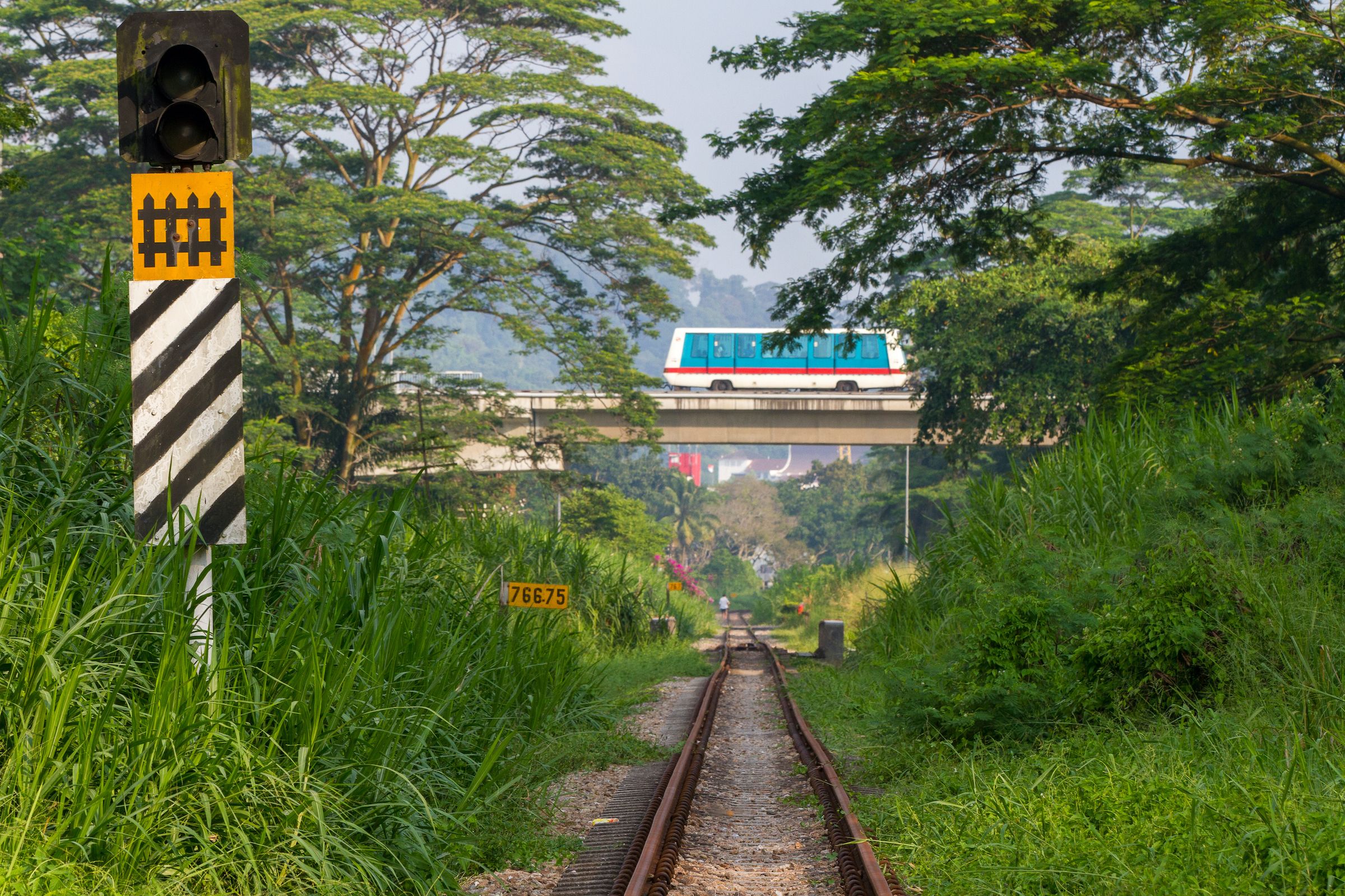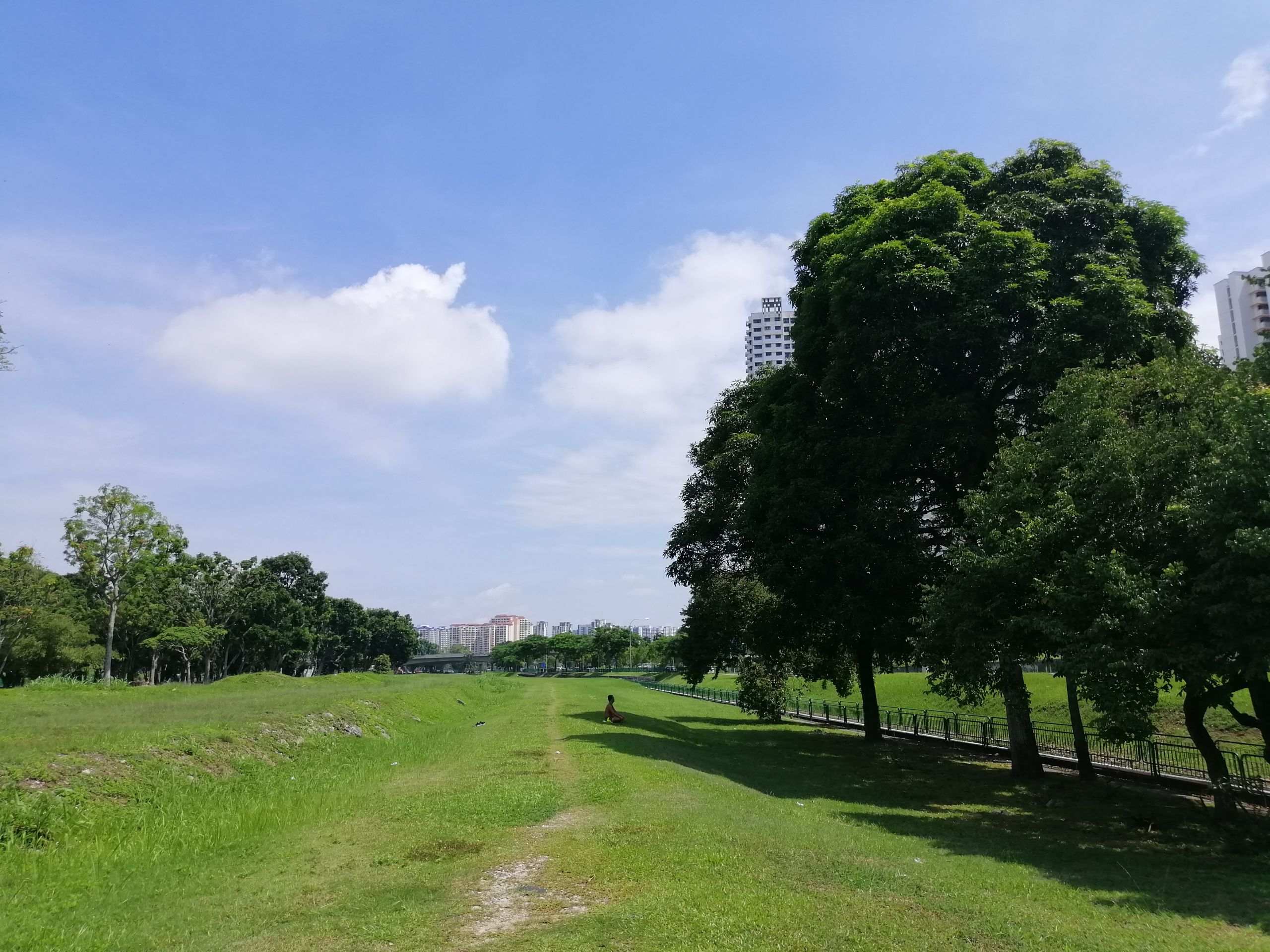In Singapore in ththe 1900s. However while searching for photos of the station I came across many old photos of Singapore which I have never seen.

A City In Nature Or A City Without Nature The Uncertain Fate Of Singapore S Last Forests
Were huge fans of this indie plant store.

1900s punggol singapore tree plantations. First successful planting of the rubber tree Hevea brasiliensis in the Botanic Gardens Singapore. The days of living in dilapidated wooden attap houses with. Best plant nurseries and shops in Singapore.
The rapid urbanisation of Singapore in the past four decades has seen hundreds of villages demolished and the lands freed up for redevelopment. Often the farmers are mixed indistinct growing vegetables sweet potatoes tapioca yam chicken ducks and pigs and some fish in the ponds. Extra brownie points for its locales Tiong Bahru and Joo Chiat.
In 1983 the opening of the Singapore Naval Base led to the development of this area and military installations such as airbases and barracks. View of para rubber plantation Singapore. Coincidentally this was also the period when coffee plantations in Malaya were destroyed by diseases.
On Wednesday 31 March. It was built in 1902 by Irish lawyer Joseph William Cashin 1844-1907 for his wife. From the 1800s to early 1900s Sembawang Town was characterised by gambier pepper and pineapple plantations which extended from Seletar River towards Sungei Sembawang in the North.
Around 25 single-storey wooden houses between Housing Board blocks and landed homes. Large tracts of lowland dipterocarp rain forest were cleared for timber then converted to plantations of various crops including black pepper gambier and pineapple. Youll find everything from monstera and fiddle-leaf fig to money tree and aloe vera here.
The first rubber trees were planted in Singapores Botanic Gardens at around 1877. 12 Early 1900s. Here are some of the amazing photos.
Familiar places such as North Bridge road Bugis street Chinatown etc were barely recognisable. NATIONAL ARCHIVES OF SINGAPORE. Bounding the town to the north and north-east is the Straits of.
By the early 1900s most lowland dipterocarp rain forest had been cleared and the remaining few patches were mostly gazetted as forest reserves. Before the malls descended upon the street Orchard was a valley surrounded by the hills of Emerald and Cairnhill a land for plantations and orchard to grow crops like nutmeg and a place to host. As of October 2021 we no longer offer the Exact same plant in the photo on our webshop.
Tumbleweed Plants via Facebook. From the 19 century and up until the 1950s our rural people practised subsistence farming. Singapore is a Garden City but not because LKY said so.
In 1836 a group of enthusiasts mainly Europeans started to experiment with growing crops in Singapore. There were also coconut and rubber plantations. Probably the last of the kampong village in Malay experiences of Singapore of the mid 1900s.
The life of many Singaporeans of the last generation changed dramatically as they shifted from their kampong to the high-rise public flats. Formerly known as Nee Soon the town was named after Lim Nee Soon a banker businessman and respected community leader in pre-independent Singapore who also owned rubber and pineapple plantations in the area. Punggol gave off the feeling of a foreign land - so different it was from the sprawling concrete jungles of more developed estates back then.
We have always been a garden city since the day of our founding because Singapores story is intricately tied to the trees and plants that grow here. Punggol alternatively spelled as Ponggol is a planning area and new town situated on the Tanjong Punggol peninsula in the North-East Region of SingaporeThe town directly borders Sengkang to the south and shares riverine boundaries with the planning area of Seletar to the west and Pasir Ris to the east. Description Edited by NAS.
Singapore has been touted as a Garden City for the longest time. Solve clues to find hidden coins for a chance to win a tablet worth 1099 each week. George has lived in Yishun since he was a toddler.
Evolving Through The Years. Creating a Modern Satellite Town. At the time the Kingdom of Singapura was under the rule of Parameswara who killed the previous ruler before he was expelled by the Majapahit or the.
Special Opening hrs on Thur 4 Nov 12pm-6pm. SAT SUN 12pm -6pm. You better hurrythe hunt ends at 1159 pm.
Rootsgovsgs first-ever virtual treasure hunt brings you on an adventure through its pages. VIEW OF THE PARA RUBBER PLANTATION SINGAPORE. Prevailing COVID-19 measures apply.
The history of the modern state of Singapore dates back to its founding in the early nineteenth century. Visit our Greenhouse to view our full assortment. The wealthy Cashin family regarded the Matilda House also known as Istana Menanti Waiting Palace in Malay or the Punggol.
Lorong Halus Park Connector 3kms connects Pasir Ris and Punggol. Punggol used to be known as one of the most ulu parts of Singapore - travelling along roads into the estate almost felt as if you were entering an abandoned area. The Punggol Matilda House has been standing alone in the wilderness of old Punggol for more than a hundred years.
House of Plants Singapore. The history of our island is. Unedited Description Supplied by Transferring Agency.
Gambier plantations in Singapore When the British arrived in Singapore in 1819 there were about 20 gambier plantations in Singapore run by the Chinese and Malays. Most of the produce was exported to China. It is indisputable that we live in harmony with nature look at our tree-lined roads hundreds of parks the National Parks Board manages 350 parks and even a UNESCO World Heritage Site that is the lush Singapore Botanic Gardens.
Runs through Pasir Ris Farmway which used to have pet and fish farms. The Republic of Singapore 122 N 10349 E is an ideal study site given its extreme vegetation change over a short span of about 200 years Corlett 1992. Consequently more planters started growing rubber as an alternative crop.
This smoky sweet yet savoury piece of charred meat is a popular snack in Singapore especially during the Chinese New Year period when queues form around the block at. However evidence suggests that a significant trading settlement existed on the Island of Singapore in the 14th century.

A City In Nature Or A City Without Nature The Uncertain Fate Of Singapore S Last Forests